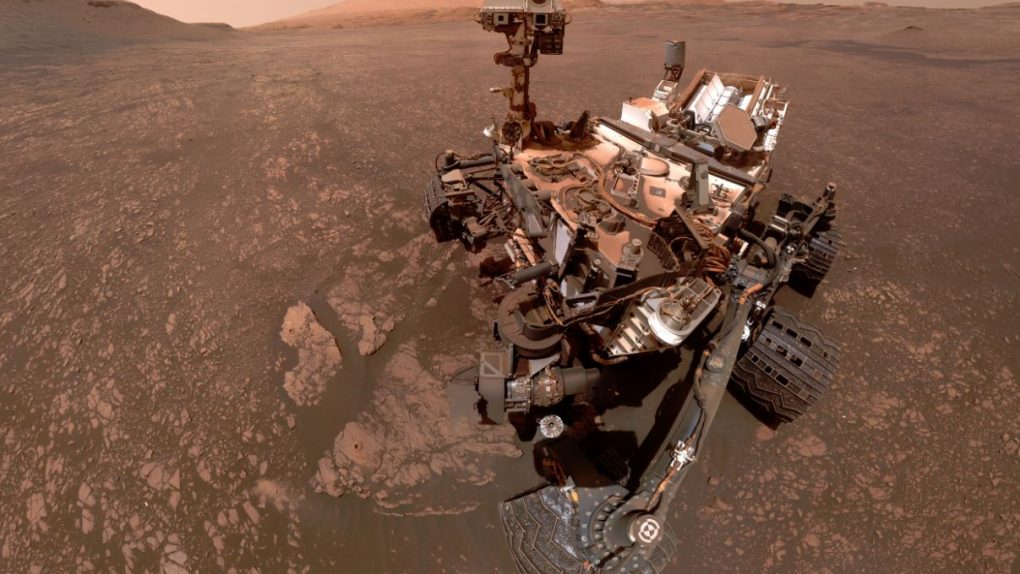NASA’s Curiosity rover is providing critical insights into what Mars may have been like long ago, and one of its latest discoveries helps support the idea that the Red Planet was one very blue. Scientists believe that Mars was once a fairly wet place and, just like here on Earth, we can find evidence of that watery past in the now-dry surface.
Curiosity is currently exploring an area of Mars nicknamed the “clay-bearing unit,” and, in a new blog post by the Jet Propulsion Laboratory, researchers reveal just how accurate that label is. The rover, which is equipped with a drill that allows it to sample rocks and analyze the material hiding within, just collected its two most clay-rich samples to date, suggesting that the area may have been an ancient lake long ago.
Water helps clay to form, and finding a clay-rich region is a big clue that there was once an abundance of water there. Water, in turn, means that Mars may have once supported life, but such an assumption can’t yet be made.
“Other than proof that there was a significant amount of water once in Gale Crater, what these new findings mean for the region is still up for debate,” JPL writes. “It’s likely that the rocks in the area formed as layers of mud in ancient lakes – something Curiosity also found lower on Mount Sharp. Water interacted with sediment over time, leaving an abundance of clay in the rocks there.”
From what we know about Mars so far, the Red Planet seems like the kind of place where life may have thrived. Billions of years ago, a richer atmosphere and liquid water across its surface would have made it a strong candidate to host life as we know it, but we’ve not yet found evidence that life took root.
Future Mars missions will study surface samples in even greater detail than Curiosity is able to today, and scientists may finally find what so many of them are looking for.







